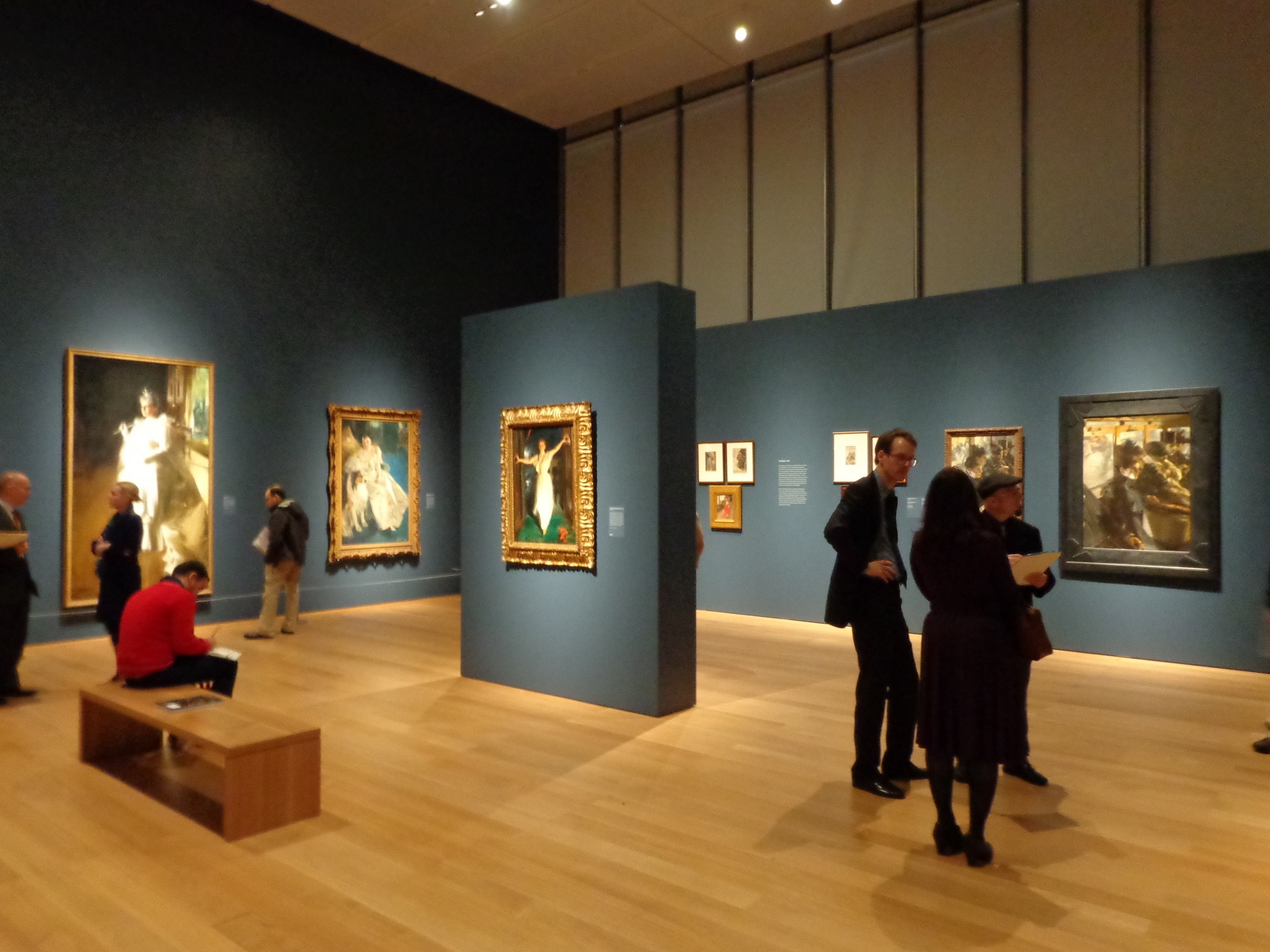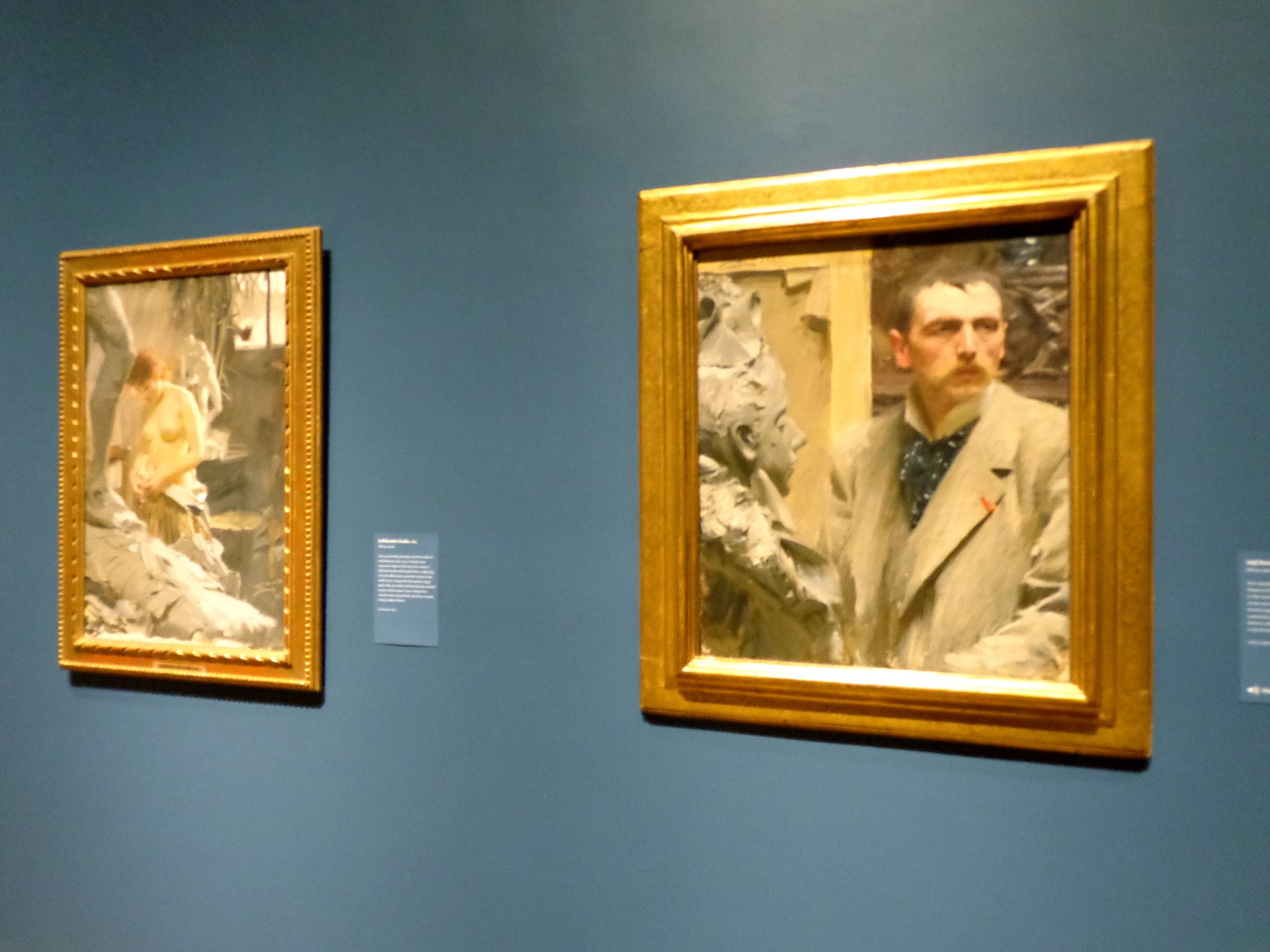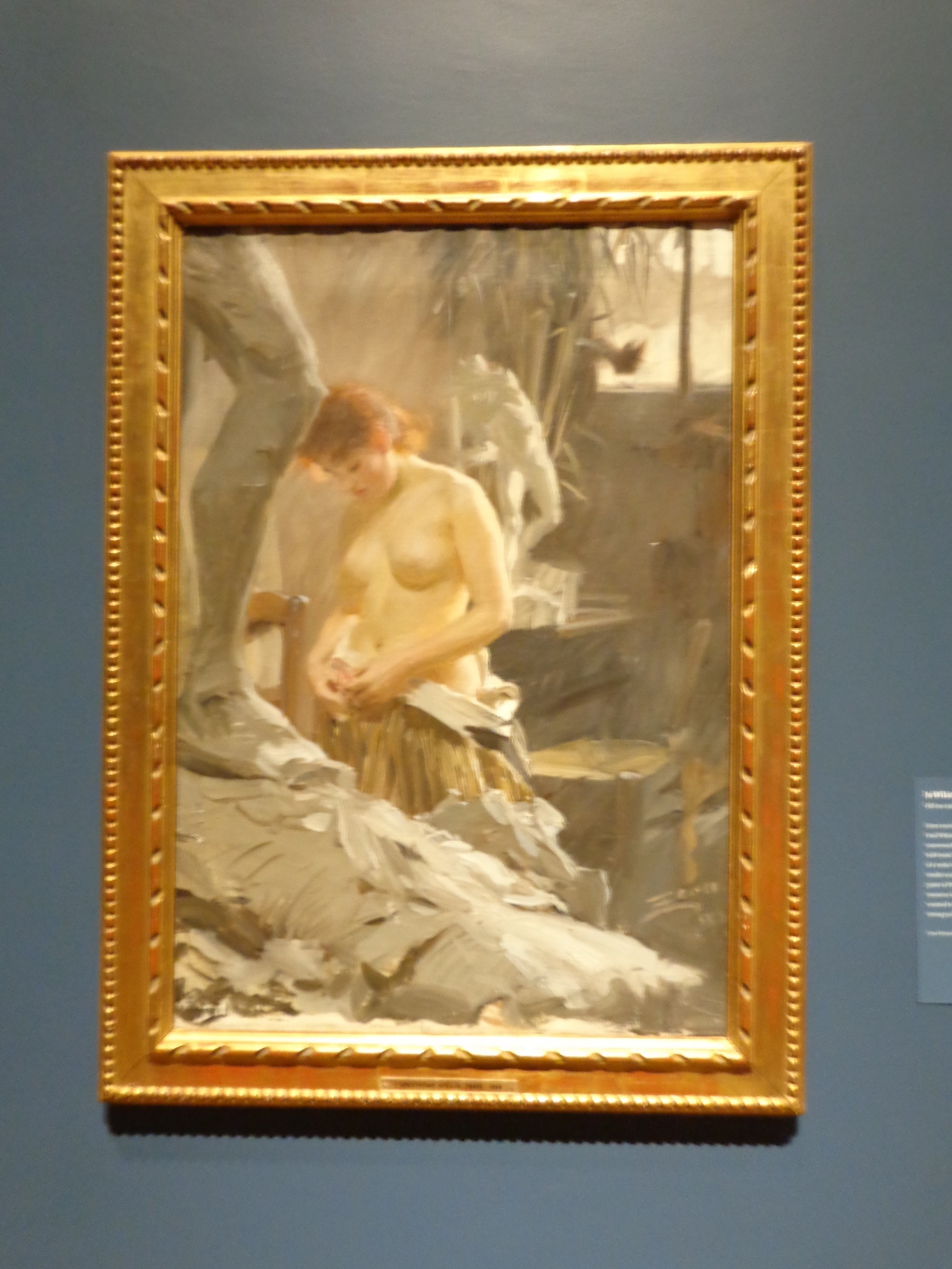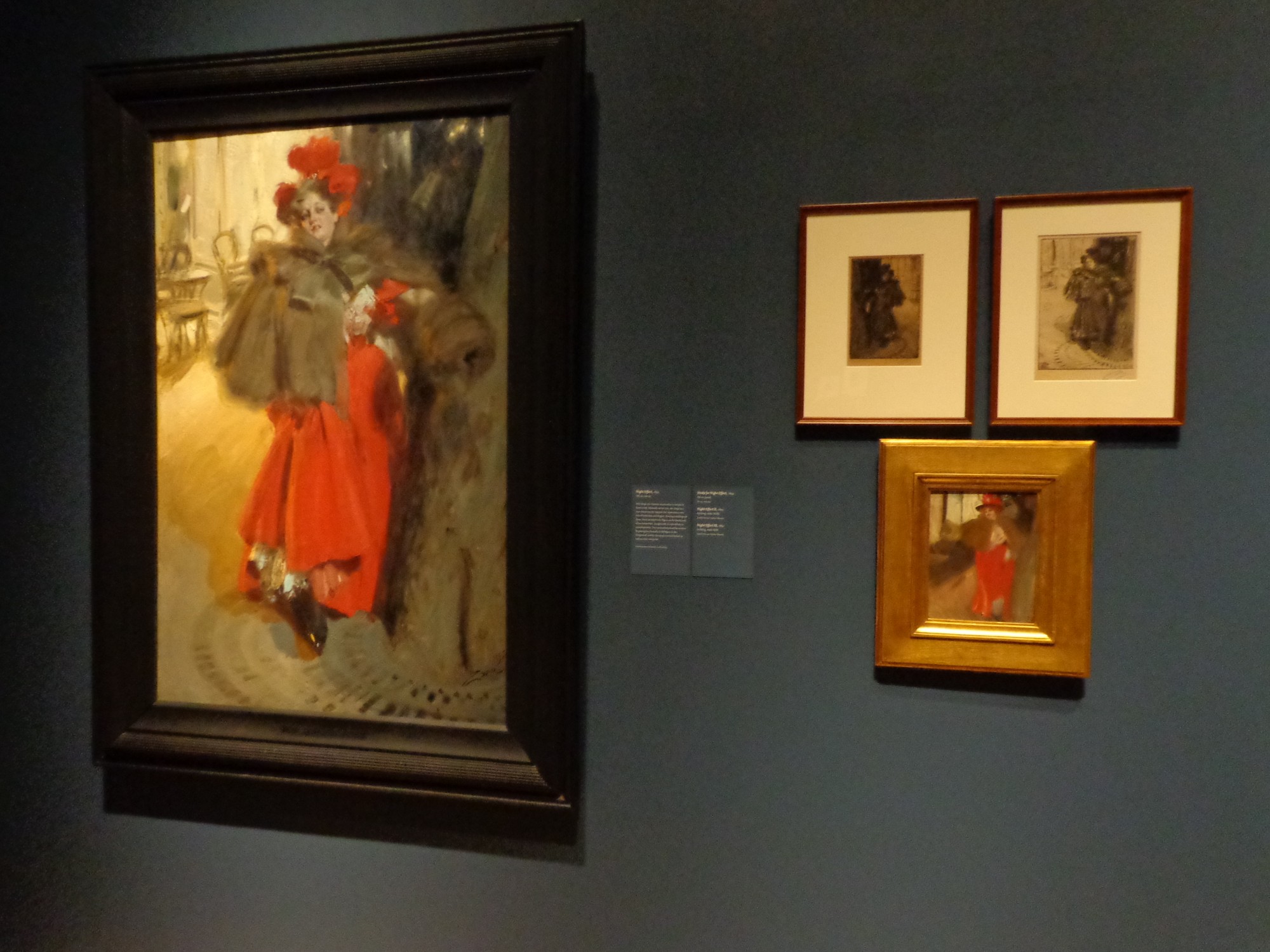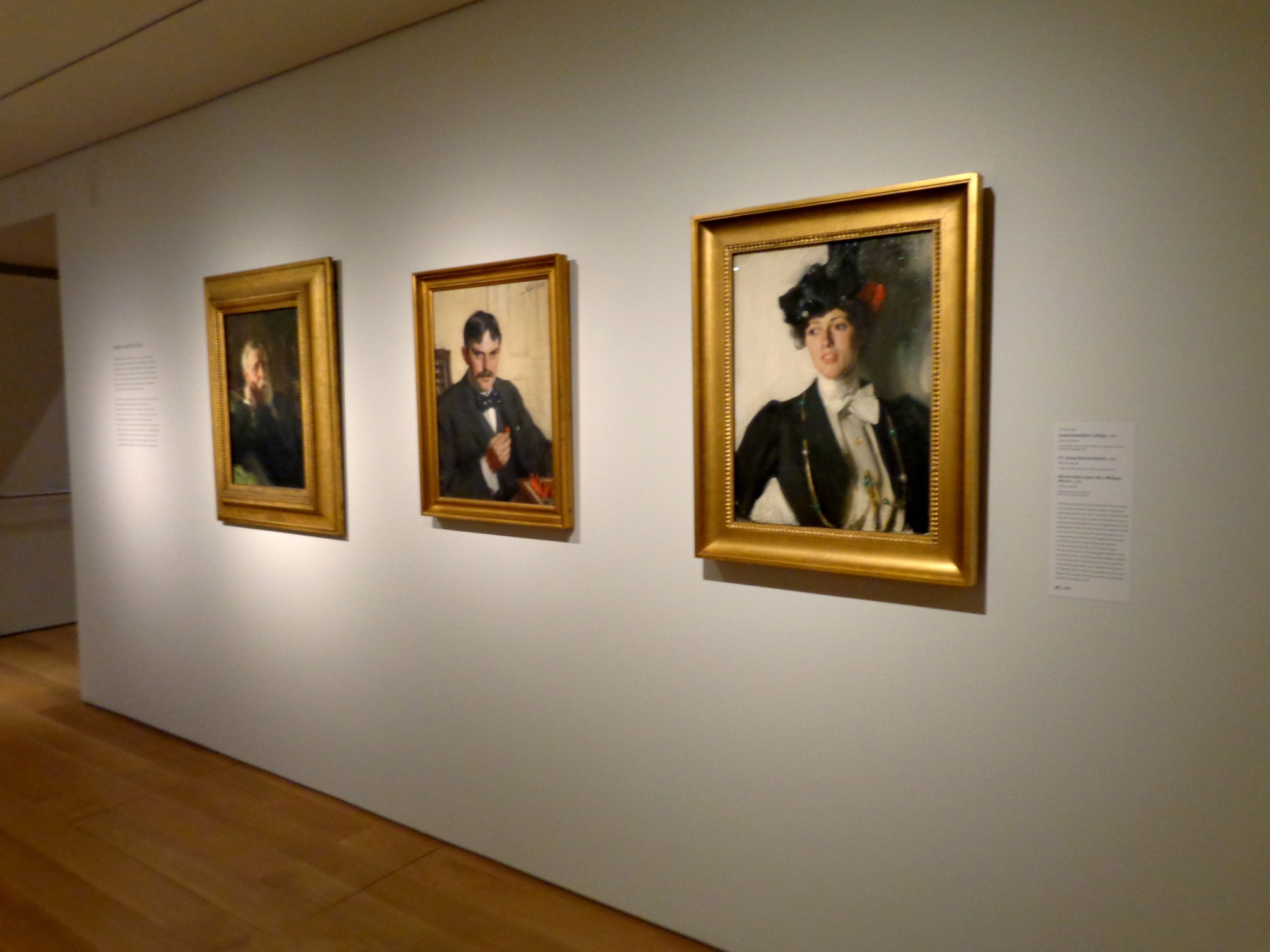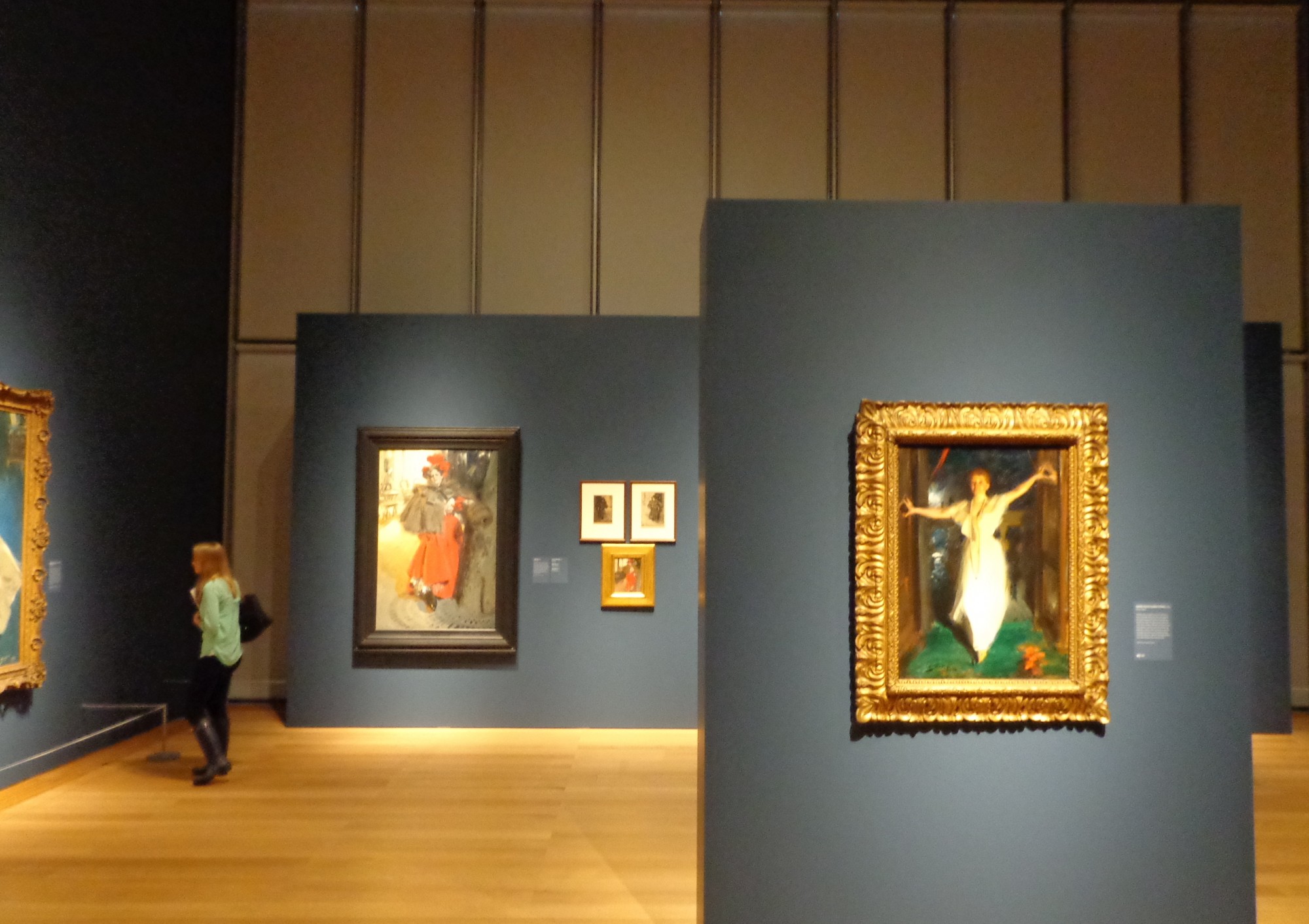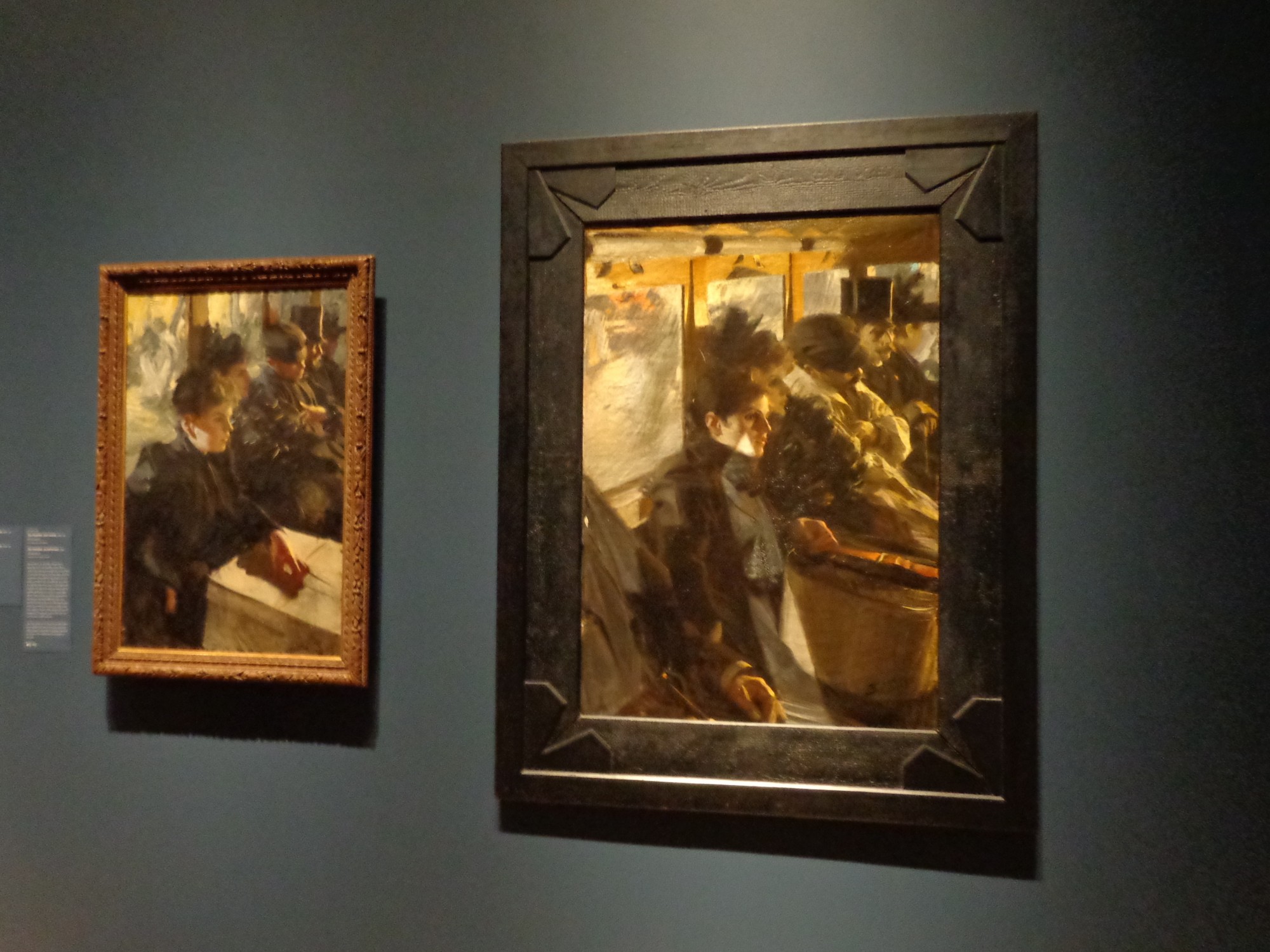Saul Steinberg’s Wonderful Places
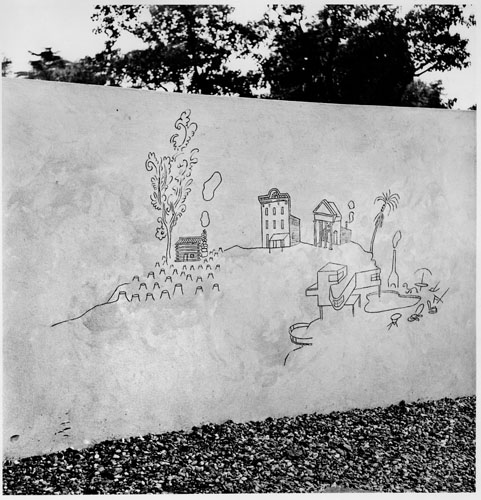
Children’s Labyrinth, 1954.
10th Milan Triennial, detail of History of Architecture section of mural.
Saul Steinberg‘s illustrations combine whimsy with art, creating mini-worlds that are clean and simple but at the same time lead the eye to someplace happy and bright.
Like a refined dose of Dr. Seuss, Steinberg prefers to draw realistically, turning typical scenes into magical places where the trees stretch up taller than the buildings – a small detail that makes our world seem more like a simply designed amusement park where thrill and wonder fill the air.
His work for the New Yorker explains all the scenes of the city, but I prefer the imaginary “Children’s Labyrinth,” drawn as part of the History of Architecture section of a mural. On the left sits a log cabin surrounded by the stumps of the trees those logs used to be. The most beautifully detailed tree stands next to the little building puffing smoke; the tree’s branches take delicate curlicue shapes as they expand just like the smoke beside them.
See more of Saul Steinberg’s work online at the Saul Steinberg Foundation Gallery.
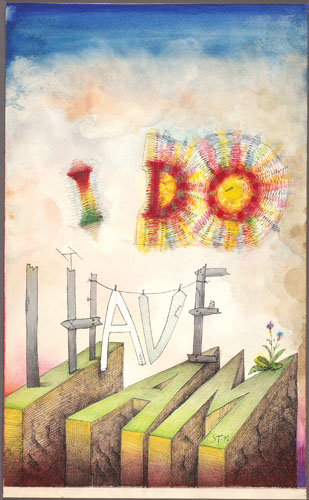
I Do, I Have, I Am, 1971.
Ink, marker pens, ballpoint pen, crayon, gouache, watercolor, and collage on paper, 22 3/4 x 14″.
Cover drawing for The New Yorker, July 31, 1971.
The Saul Steinberg Foundation.
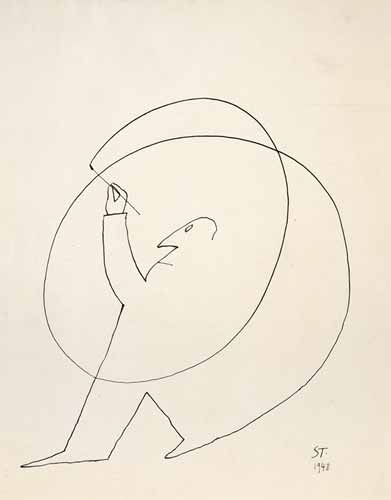
Untitled, 1948.
Ink on paper, 14 1/4 x 11 1/4″.
Beinecke Rare Book and Manuscript Library, Yale University.
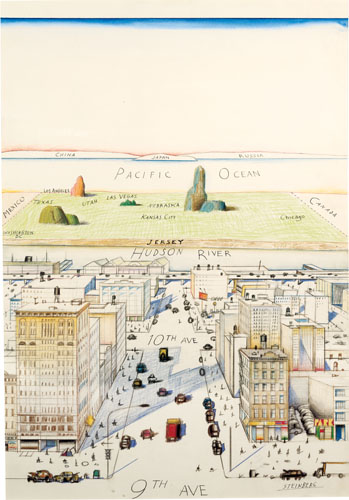
View of the World from 9th Avenue, 1976.
Ink, pencil, colored pencil, and watercolor on paper, 28 x 19″.
Cover drawing for The New Yorker, March 29, 1976.
Private collection.
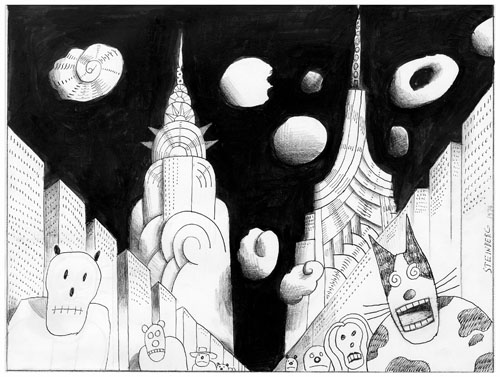
Untitled, 1974.
Ink, colored pencil, and collage on paper, 14 1/2 x 19 1/4″.
Originally published in The New Yorker, July 22, 1974.
The Saul Steinberg Foundation.

